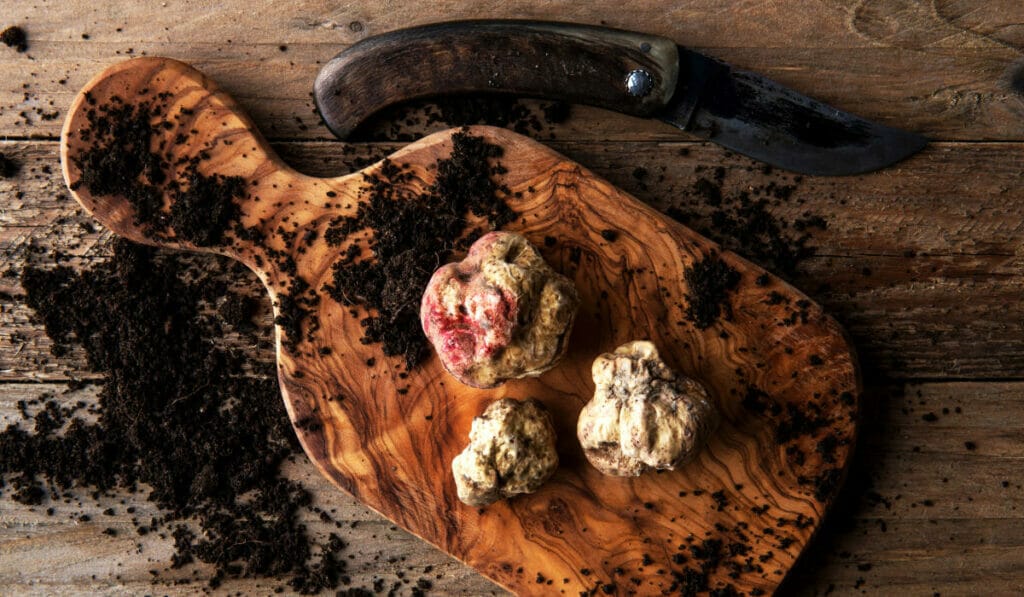
Saffron
WHAT? A luxury spice whose native land is Crete, Greece, saffron is a gastronomical extravagance that has since grown to inhabit numerous other countries, with the spice being made available from Morocco, India, the Mediterranean and Iran. Grown from a flower known as crocus sativus or saffron crocus, it is the crimson stigmas or ‘threads’ found in the flowers that are dried and collected, that we call saffron. With such affluence earned from a simple spice, the saffron has earned itself the nickname ‘poor mans gold.’
WHY? The cultivation and harvesting of saffron is what ensures its high price range, as the job is not only intensive but weather reliant, but as it needs to be performed by hand as well. Working opposite a regular vegetation cycle, the saffron, flowers in the fall around the month of October, and dries up in May-June of the following year, which is when they need to be plucked and dried out. On average, a pound of saffron takes around 80,000 crocus blossoms or 210,000 stigmas of the flower to produce. In this case, a little goes a long way.
WHERE? Saffron and its uses have spanned across continents and civilisations, shaping the gastronomical culture across the world for more than 3,500 years. Despite being a native of Southwest Asia, with the crocus blossoms predecessor found in Crete, Greece, the spreading of this special spice is all thanks to human intervention and the spice’s flexible adaptability to another country’s agriculture. The current few top producers of saffron are Spain, India, Iran, Greece and Azerbajian, however there are a few microproduction processes that can be found across the continents.
HOW MUCH? A kilo of saffron can cost between USD 1,100 to USD 11,000 per kilogram, and if you are able to grab your hands on a packet of saffron for a price cheaper than that, it’s either an imitation made from the “safflowerâ€, which is a flower that looks very similar to saffron or turmeric which is an easy swap if you are ever in need of that telltale saffron yellow in your food. There are also diluted versions available that contain real saffron, but are mixed in with a variety of other ingredients and chemicals, so if you want the original you better be willing to pay for it.
TEXT NEDA AL-ASEDI & SWAROOPINI NAIR



